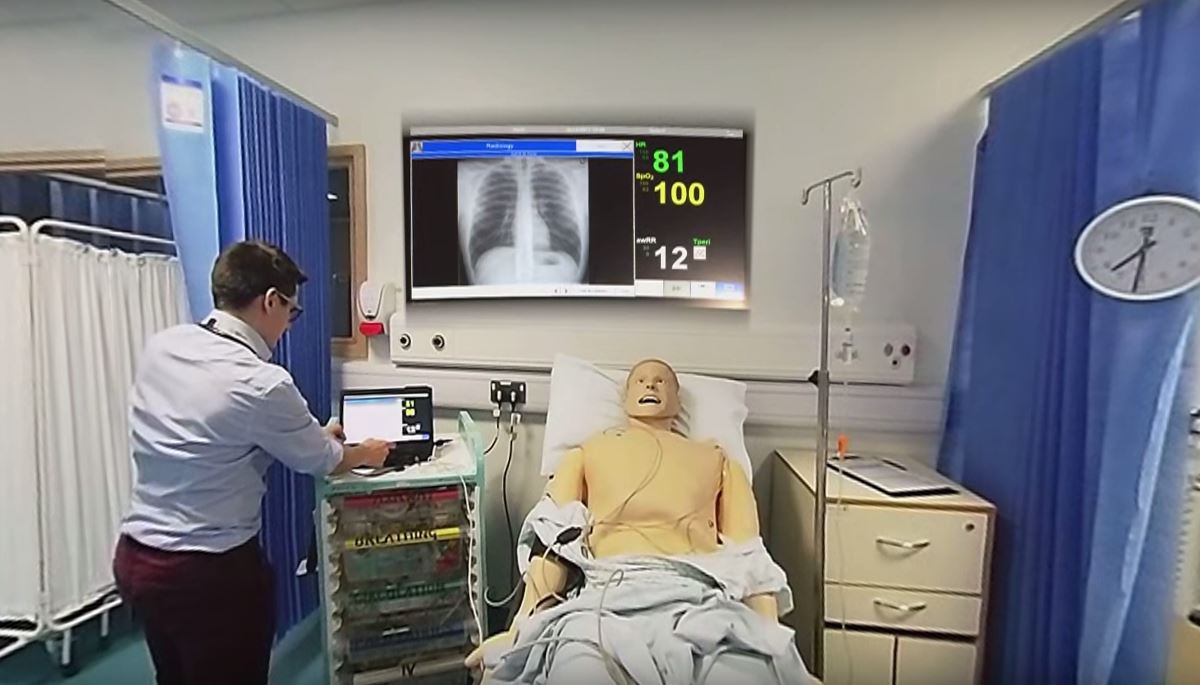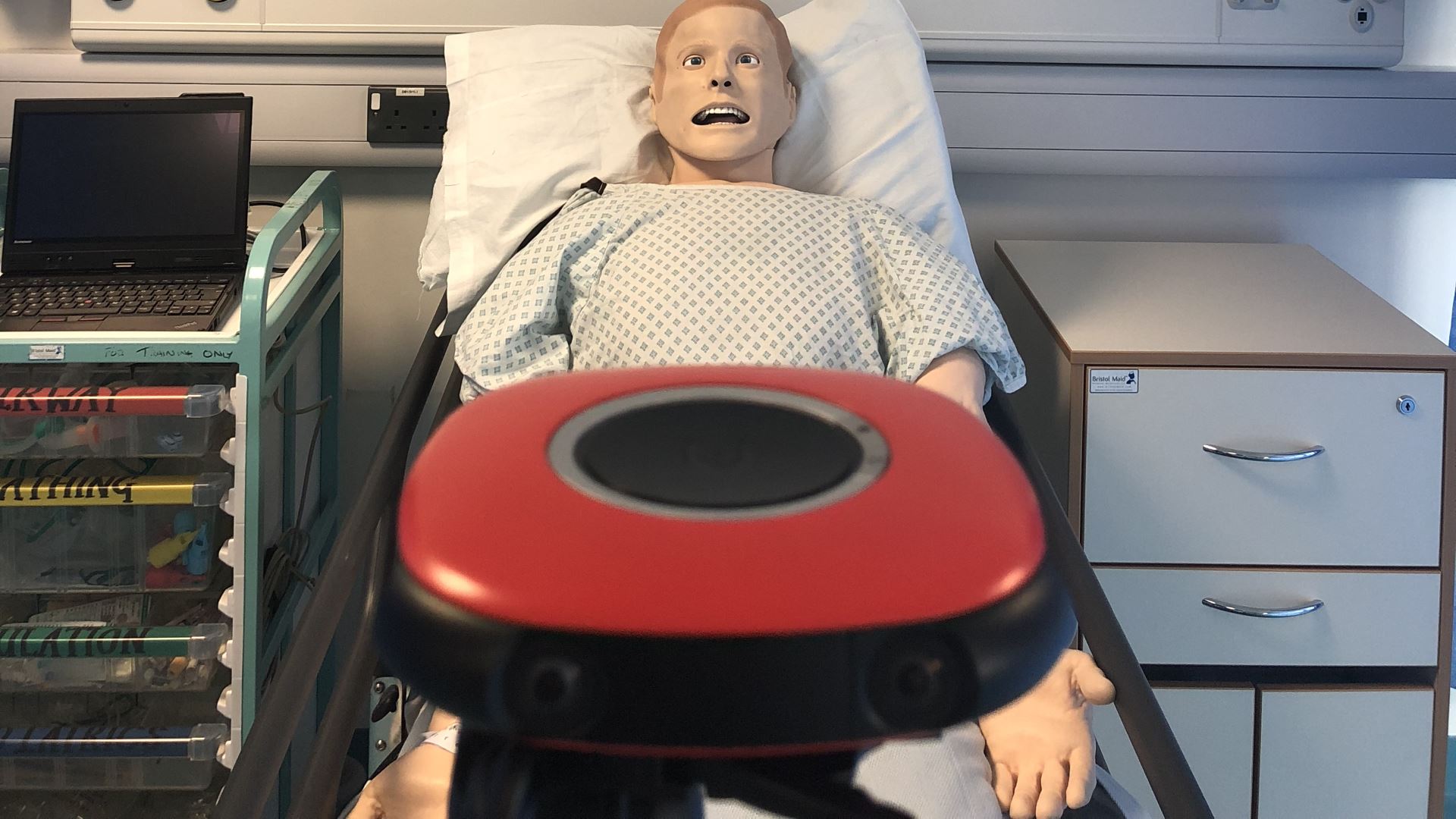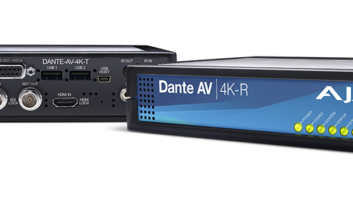
Virtual Reality (VR) has been the emerging force in education for some time thanks to several powerful applications of the technology at primary school level right through to universities and beyond.
One such example is at the Norwich Medical School, part of the University of East Anglia in the UK, where Dr. Jordan Tsigarides, an NHS doctor and simulation and educational research fellow, has introduced 360-degree video and VR to the school’s teaching methods and expects to see significant improvements in teaching as a result.
Project Overview
The entire project is centred around a research trial in which the experience and performance of students who received a video walkthrough of a training session, is compared to students that did not.
“My passion for innovation fuelled this project with a desire to improve our current teaching for medical students, using virtual reality. As a medical school, this was our first venture into the realms of 360-degree video and virtual reality.” Explains Dr. Tsigarides.
This first foray into VR is being used as a proof-of-concept to demonstrate what is possible with relatively few resources on a tight budget, with the view to, if successful, introducing VR videos into additional teaching within the school.
“Being a relatively new technology, there is understandable apprehension around its implementation into a curriculum that has established teaching methods, that is accepted and deemed effective.” Dr. Tsigarides continues.

How it is done
Like many medical schools, Norwich Medical School uses SimMan® (a simulated manikin), which possesses several normal human bodily functions including breathing, blinking and even talking. Dr. Tsigarides decided to focus on using VR to improve these simulation training sessions by producing an instructional 360-degree video, which could be shown to students prior to their practical session.
“This style of teaching can often be daunting for our inexperienced students, which is why we decided to produce the video as an introduction to SimMan’s® abilities.” Dr. Tsigarides explains.
“When it comes to medical education in the modern era, the millennial student wants immersive and engaging content to enable them to learn most effectively. With our simulation training we are often teaching students about how to look after a very unwell patient and it’s critical that our doctors of the future are prepared to make life saving decisions.”
The use of VR in this situation enabled Dr. Tsigarides to create a resource, which is both accessible and immersive, allowing students to experience the session as a fly-on-the-wall, providing the greatest potential to learn. 360-degree video allows the students to see the whole environment around them, increasing the realism and power of the video in comparison to a traditional video.
“When you add into this the ability to perceive depth with stereoscopic, 3D 360-degree video, the students get an even more immersive experience that they can watch from their own homes! Simulation training seemed a perfect fit as these sessions are traditionally interactive and high fidelity with great importance on observation of the environment.”
The VR equipment used by Dr. Tsigarides
Dr. Tsigarides had trialled entry level, monoscopic 360-degree cameras, however the need to provide an incredibly immersive experience and in great detail, whilst staying within the restrictions of a relatively modest budget, led to him selecting the Vuze VR camera.
“The monoscopic resource producedת wasn’t as immersive and realistic when watched in VR. Also, we found that the quality of the footage was slightly less than we’d initially hoped. We wanted a camera that could produce stereoscopic (3D) footage at 4K quality to provide a more realistic experience for the students. After reviewing all of the options, the Vuze provided everything that we desired for an affordable price.”
To create the full immersive experience, Dr. Tsigarides set the Vuze camera up on a tripod at the end of a simulated patient’s bed in the school’s simulation suite and made the environment look like a real hospital ward. Filming was controlled using the iOS app and the footage then stitched and rendered using the HumanEyes software, with Adobe Premiere Pro CC 2018 used for the post-production.
“Premiere Pro 18 provides some fantastic plugins (Skybox) for stereoscopic video, allowing me to overlay pictures and other rectangular video onto the 360-degree sphere. This helped to enhance the educational aspects of the video and give our students the best experience possible.” says Dr. Tsigarides.
Results
Dr. Tsigarides has been very happy with the use of VR in his teaching and the Vuze VR camera as a powerful tool for enabling this.
“In fact, when we started, we had much lower expectations and we are very happy with the educational benefits that the Vuze has given us. The students that viewed the VR video were impressed and could see the value of VR in medical education. Many of our colleagues that watched the video were amazed at how immersive the experience is.”
“We are in the process of writing up this study with a view to publish the results in the future.”
He also believes that this is just the beginning of the school’s journey into VR.
“I have big long-term plans for VR at Norwich Medical School. We would like to create more VR videos, incorporating other healthcare professionals and using other settings such as the operating theatre. We also want to experiment with making the videos more interactive with use of hot spots, creating a ‘decision tree’ and analysing student responses. VR is very much here to stay, and I want us to be at the forefront of medical education.”







